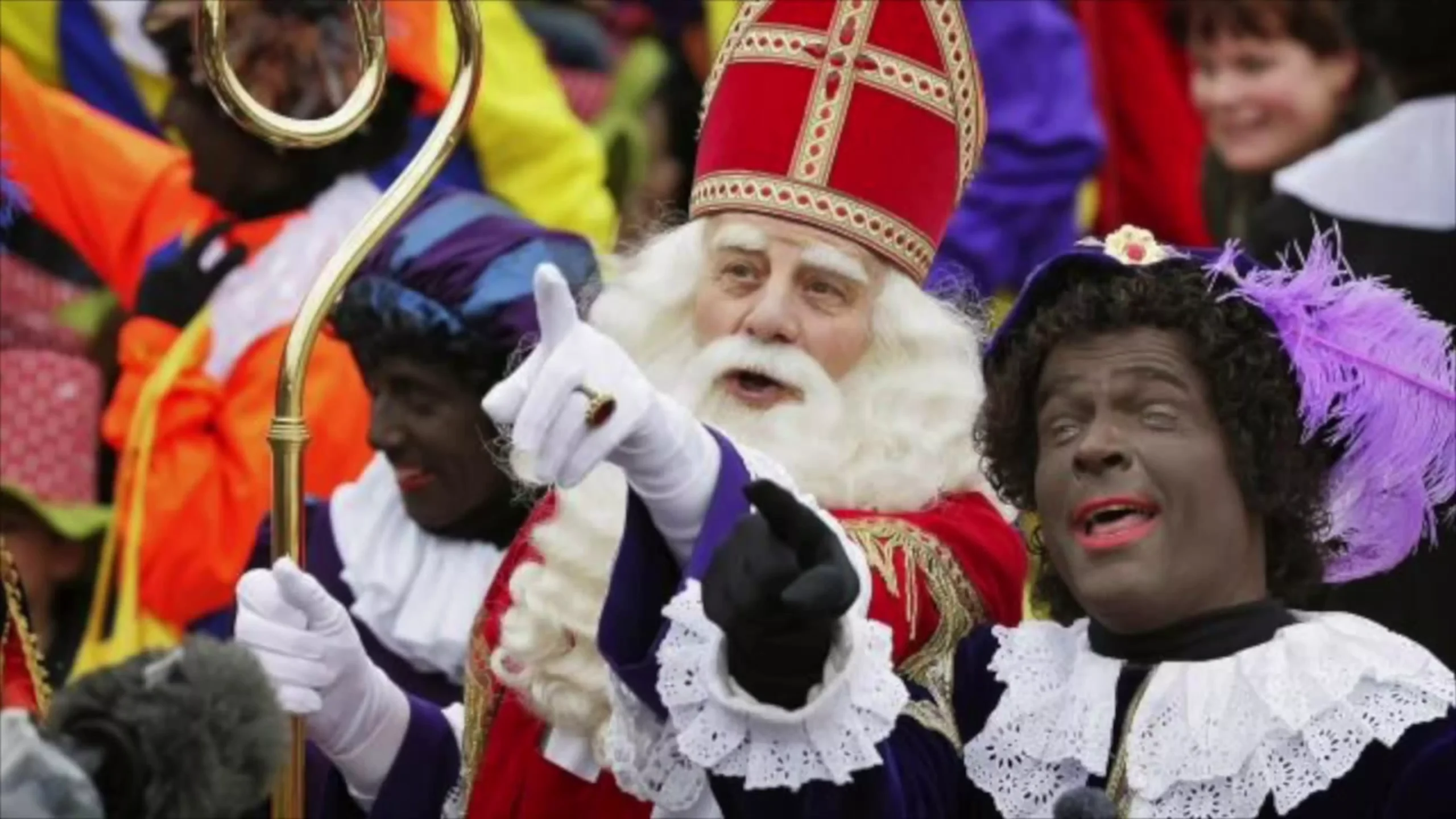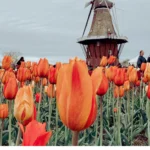Introduction
Zwarte Piet, or Black Pete, has long been a traditional figure in Dutch winter festivities, particularly during the Sinterklaas season. This character, often portrayed in colorful 17th-century attire and blackface, has sparked significant debate both within the Netherlands and internationally. As society grapples with the implications of such traditions, the role of education in fostering understanding and addressing cultural controversies becomes paramount. This article delves into how educational programs are tackling the topic of Zwarte Piet, aiming to balance cultural heritage with modern values of inclusivity and respect.
Historical Context of Zwarte Piet
Zwarte Piet’s origins are intertwined with Dutch folklore, dating back to the 19th century. Initially introduced as Sinterklaas’s helper, his portrayal has evolved, but the use of blackface has remained controversial. Understanding the history behind Zwarte Piet is crucial for educators as they explain the tradition’s complexity to students.
Current Debates Around Zwarte Piet
The debate surrounding Zwarte Piet centers on its perceived racial insensitivity. Critics argue that the blackface portrayal perpetuates outdated racial stereotypes. Meanwhile, proponents believe that Zwarte Piet is a harmless part of Dutch cultural heritage. This division is reflected in the classroom, where educators must navigate these differing views.
Educational Approaches in the Netherlands
Government and Educational Policy
In response to growing controversy, Dutch educational authorities have increasingly advocated for a nuanced discussion about Zwarte Piet. This includes integrating discussions of racism and cultural sensitivity into the curriculum.
Curriculum Changes in Dutch Schools
Many schools have begun to modify how Zwarte Piet is taught, focusing on the historical context and contemporary criticisms. Some schools have even introduced alternative characters to promote inclusivity.
Case Studies of Dutch Educational Initiatives
Innovative approaches in some Dutch schools include role-playing exercises and debates that encourage students to explore multiple perspectives about Zwarte Piet, fostering a deeper understanding of the issues at stake.
International Perspectives
Teaching Controversial Traditions Abroad
The discussion about Zwarte Piet is not confined to the Netherlands. Schools in Belgium, Suriname, and parts of the Caribbean also grapple with this tradition, each adapting their educational strategies to their unique cultural contexts.
Comparative Study: Similar Traditions in Other Cultures
Educators also draw parallels with similar controversial traditions worldwide, such as the use of Native American mascots in the United States, to teach about global cultural sensitivity.
Role of Educators
Educators play a crucial role in mediating the discussion around Zwarte Piet. They are tasked with providing a balanced view and fostering an environment where students can express differing opinions respectfully.
Educational Materials and Resources
A variety of teaching materials are employed, from textbooks that outline the historical origins of Zwarte Piet to interactive digital media that encourage critical thinking. These resources are designed to help students understand the broader implications of cultural traditions.
Impact on Students
Students’ responses to these educational changes are mixed. While some appreciate the deeper cultural insights, others struggle with the reevaluation of a cherished tradition. Case studies highlight how student-led initiatives can further promote inclusivity and understanding.
Parental and Community Involvement
The involvement of parents and the broader community is vital. Schools often hold informational sessions to help parents understand curriculum changes, fostering a community-wide dialogue on sensitive cultural issues.
Challenges and Criticisms
Educators face challenges such as resistance from parts of the community who view changes as an erasure of Dutch heritage. Additionally, finding a balance that respects diverse student backgrounds while addressing controversial issues remains complex.
Positive Outcomes and Success Stories
Despite the challenges, there are numerous success stories. Some schools report a more inclusive environment and increased student engagement through discussions about cultural diversity and history.
Future Directions in Education
Looking forward, it’s likely that educational approaches will continue to evolve. Ongoing research into effective teaching methods and broader societal shifts towards inclusivity will shape how traditions like Zwarte Piet are taught in schools.
Conclusion
Educating about Zwarte Piet epitomizes the broader challenge of teaching about controversial cultural traditions. Through comprehensive educational strategies and open dialogue, schools play a pivotal role in bridging historical traditions with contemporary values.
FAQs
What is Zwarte Piet and why is it controversial?**
Zwarte Piet is a traditional Dutch character known for his blackface portrayal during Sinterklaas celebrations, which has sparked debate due to its racial implications.
How are Dutch schools modifying their curriculum regarding Zwarte Piet?
Dutch schools are increasingly incorporating discussions about racism and cultural sensitivity into their teachings about Zwarte Piet, sometimes introducing alternative characters or modifying the portrayal.
What are the challenges educators face when teaching controversial topics
Educators must balance presenting a respectful and balanced view while managing diverse and often conflicting perspectives within the classroom.
How can parents engage in the discussion of controversial cultural traditions?
Parents are encouraged to participate in school meetings, engage with educational materials, and discuss these topics at home to better understand and contribute to the evolving dialogue around cultural traditions.
What future changes are anticipated in the education regarding cultural controversies?
Future educational strategies may focus more on interactive and multimedia resources, broader community involvement, and an increased emphasis on global cultural education to prepare students for a diverse world.



